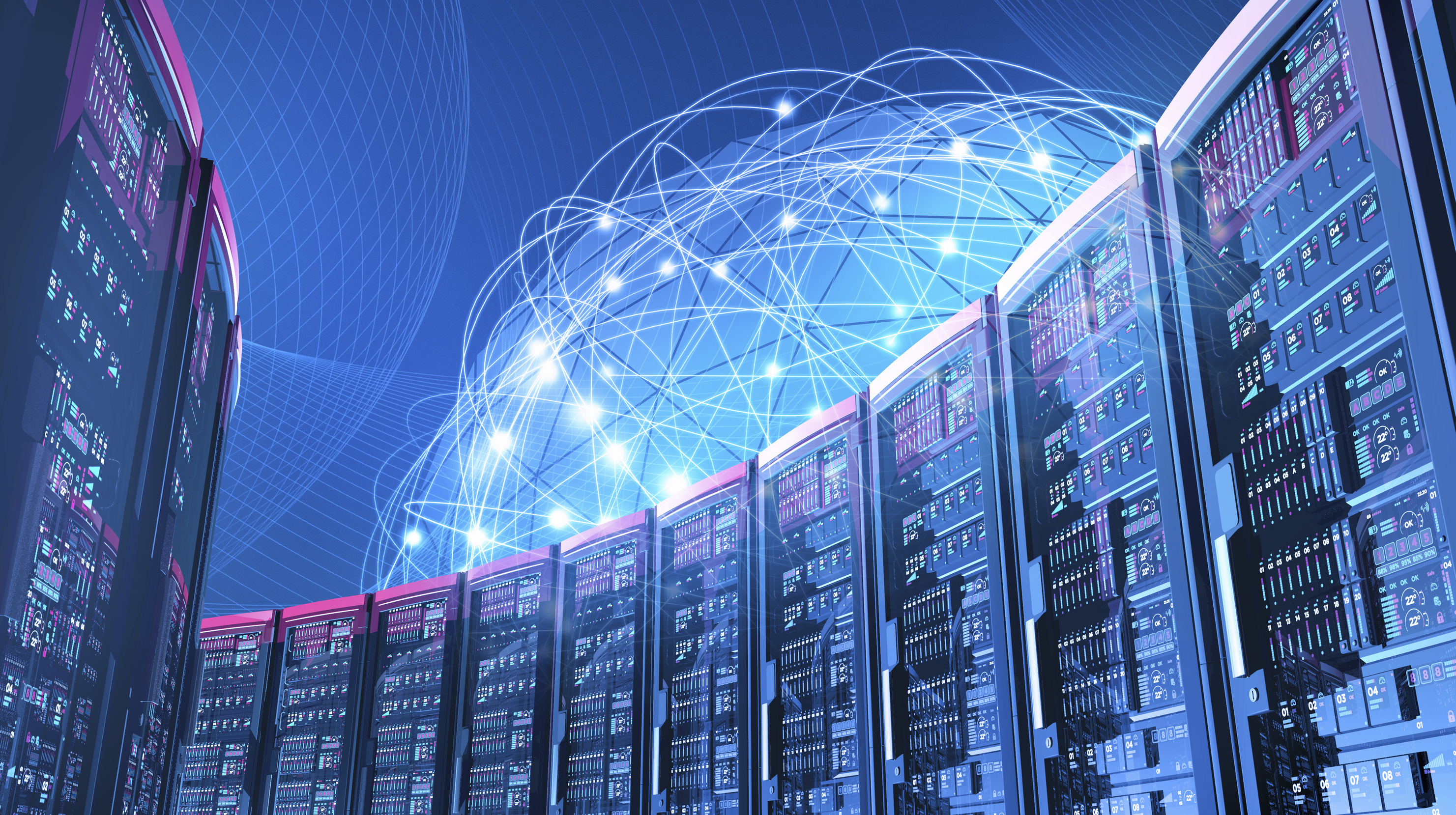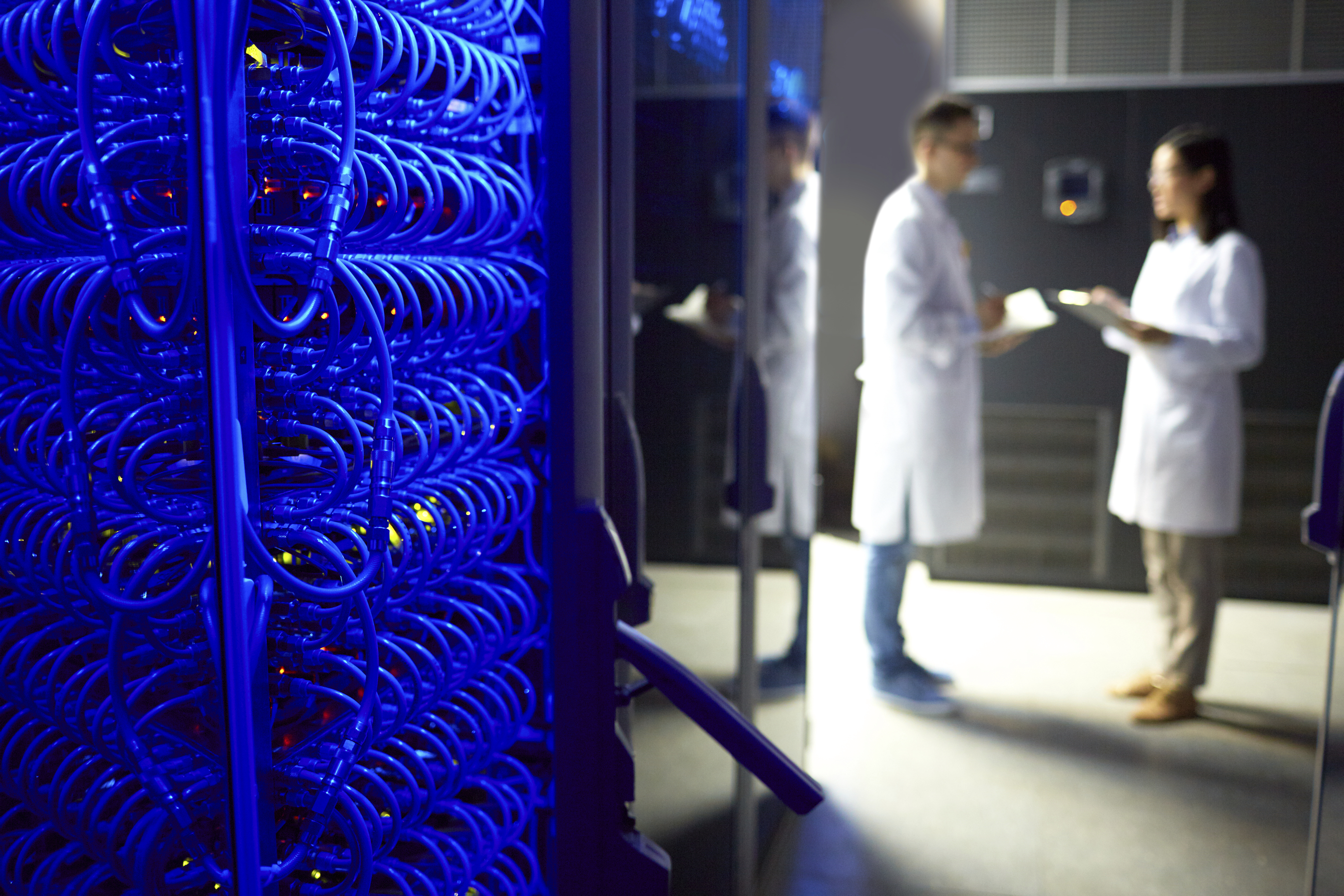
China continues to host the most powerful supercomputer in the world— with 93 petaflop/s (quadrillions of calculations per second), the Sunway TaihuLight displaces Tianhe-2, the other Chinese supercomputer that claimed the No. 1 spot on the past six TOP500 rankings.
But there’s something else. This supercomputer monster is not only powerful but it is also the first supercomputer that is completely “made in China”. The previous No.1 (Tianhe-2) uses American-made Intel chips but the TaihuLights were designed and manufactured after the US Department of Commerce prohibited the sale of these chips to Chinese labs.
Additionally, for the first time there are more Chinese supercomputers than American supercomputers in the ranking: 167 vs. 165. So now we must ask, why are these computers so important?

Thousands of Processors Join Forces
No.106 in the last Top 500 list is occupied by the most powerful supercomputer in Spain: the Barcelona-based MareNostrum, with 1.01 petaflops. In order to reach this number, more than 50,000 processors have to work together—this is what makes it so powerful: their processors are capable of working together and joining their capabilities.
Although Moore’s Law states that the observation of the number of transistors in a dense integrated circuit doubles approximately every two years, the velocity of the chips is increasing and improving the coordinated work of these processors. These are factors that have added to the development of these powerful supercomputers.
With time, yesterday’s supercomputers become today’s computers. For example, the most powerful supercomputer from 1993 is equivalent to an iPad 4. In no time, we will reach our next challenge: exaFLOPS, at a billion billion calculations per second (One exaFLOP is a thousand petaflops or a quintillion, 1018, floating point operations per second.)
Predicting changes
Supercomputers are also used to perform complex calculations such as climate studies, marine life investigations and advanced manufacturing. These are some of the areas of study for the Sunway TaihuLight.
The MareNostrum has similar tasks. Thanks to it, more than 400 investigators are working on genome studies, predicting climate change, reconstructing volcanic erruptions from 39,000 years ago and are even simulating heart functions.





